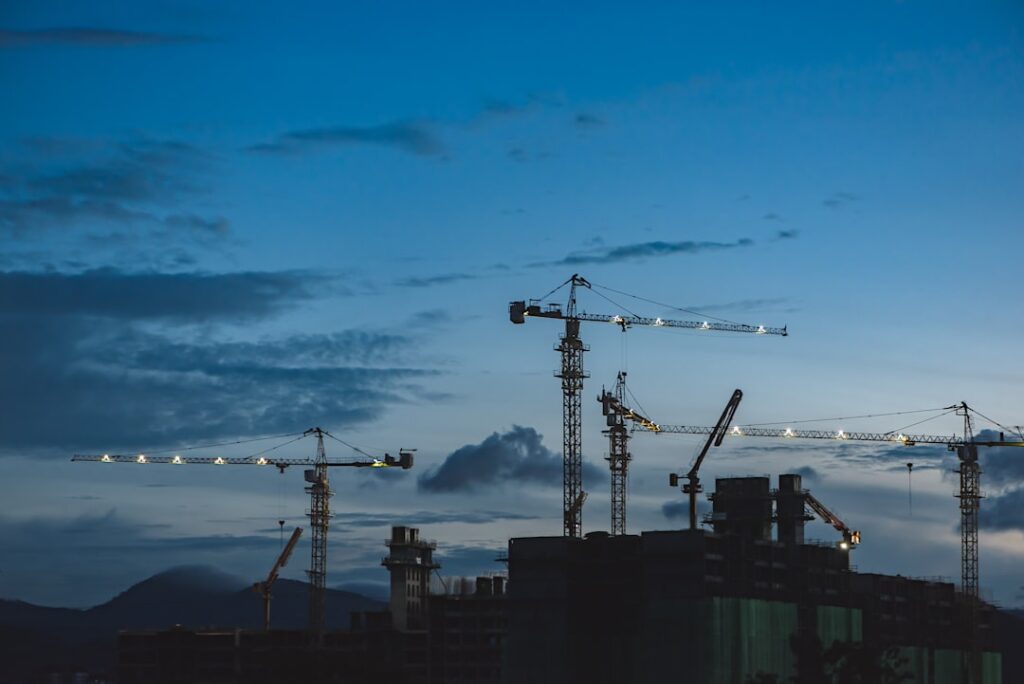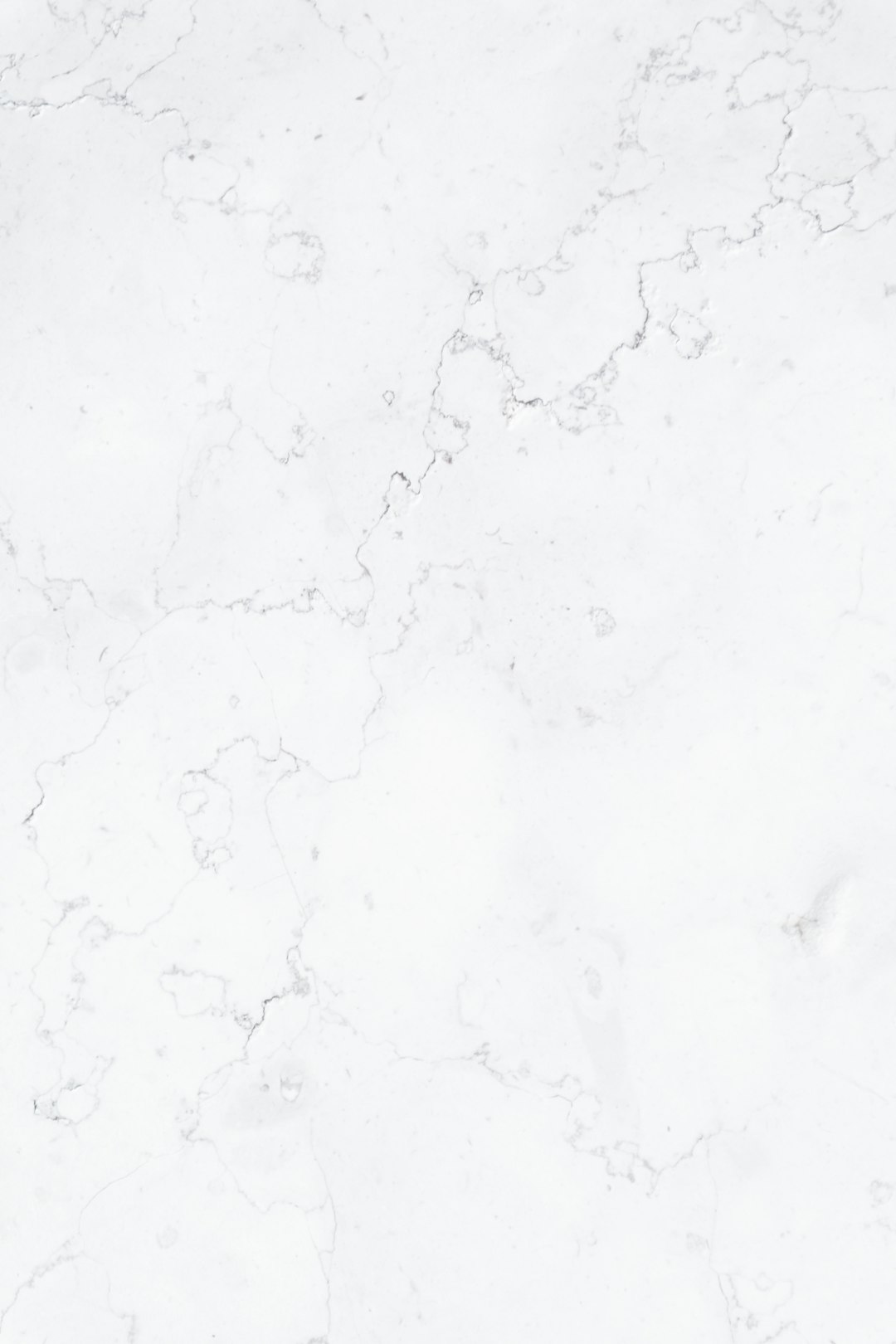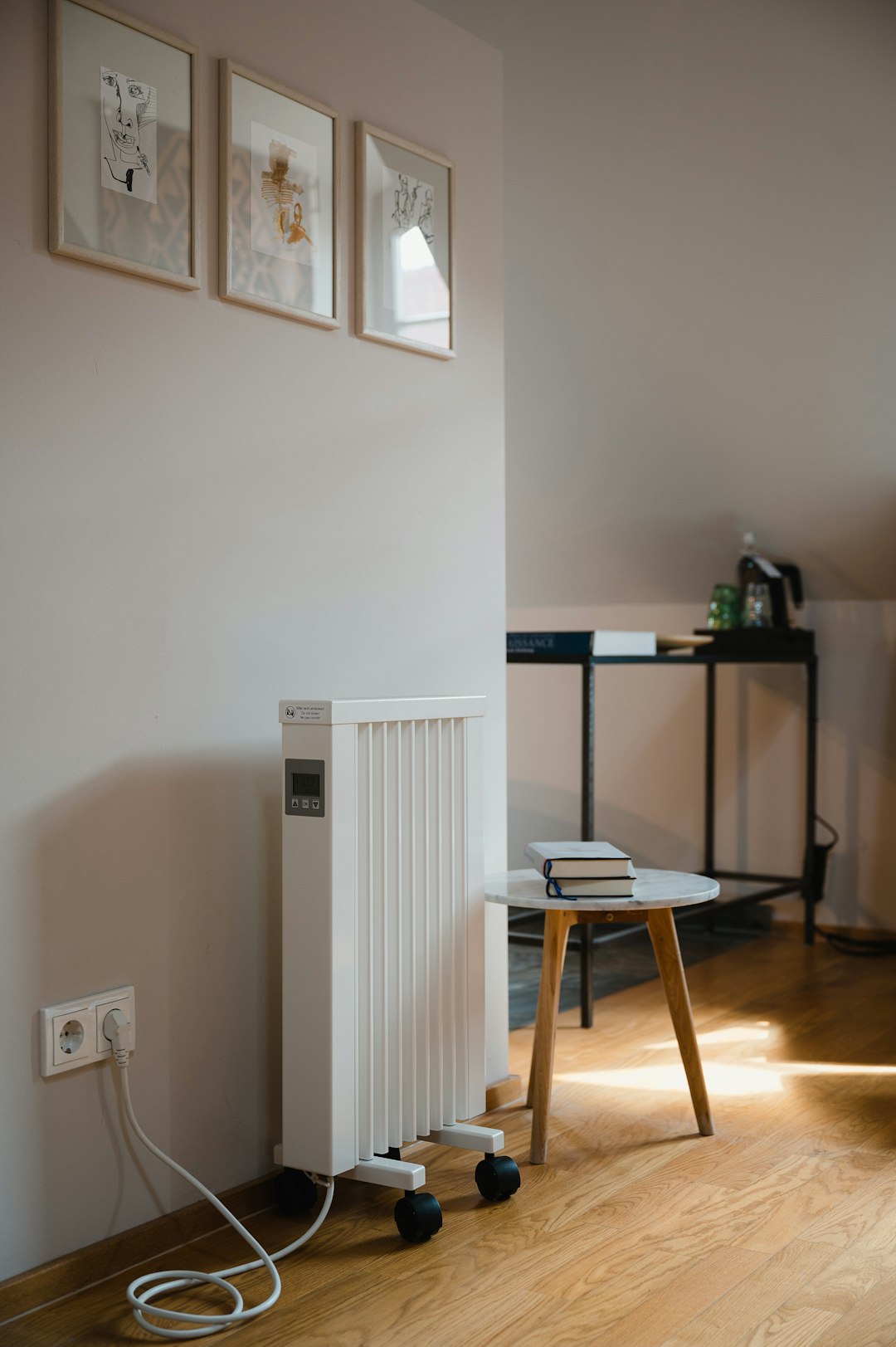A home’s strength often lies in what we cannot see. Beneath the surface, the foundation plays a quiet but critical role in ensuring structural integrity. Yet, one of the most persistent threats to this unseen guardian is water. When left unchecked, moisture can seep through cracks, compromise materials, and lead to long-term damage. That’s where a foundation waterproofing membrane comes into play, acting as a protective barrier between your structure and the elements.
Water infiltration is a common issue in both new and older buildings. Foundations, especially those made of concrete, are porous by nature. This makes them susceptible to water intrusion through hydrostatic pressure, capillary action, or simple surface runoff. A well-applied foundation waterproofing membrane forms a continuous layer that blocks moisture and prevents it from penetrating the walls and floors of basements or crawl spaces.
Choosing the right type of membrane depends on several factors including climate, soil conditions, and the type of foundation. Liquid-applied membranes, for instance, are favored for their seamless application and flexibility. They adhere tightly to surfaces, creating a uniform coating without joints or gaps that could later become weak points. Sheet membranes, while also effective, require careful installation to ensure overlaps are sealed correctly.
The installation process is just as important as the product itself. Surface preparation is key; the foundation must be clean, dry, and free from debris or irregularities. Once applied, the membrane should be inspected for uniform coverage. Some systems even incorporate drainage boards or protective layers to enhance performance and longevity.
Beyond preventing water damage, these membranes contribute to energy efficiency and indoor air quality. By keeping moisture out, they help control humidity levels within the structure, reducing the risk of mold growth and improving thermal performance. This is particularly beneficial in regions with high rainfall or where groundwater levels fluctuate significantly.
Modern construction increasingly recognizes the importance of integrating waterproofing into the initial design phase. Retrofitting older buildings is also possible, though it may require excavation or interior waterproofing methods. In both cases, professional assessment ensures that the chosen solution meets the specific needs of the structure and site.
For those exploring sustainable and effective options, there are resources available that detail innovative techniques and materials. One such source provides insights into protective coatings, surface treatments, and waterproofing systems that align with both performance and environmental goals. To learn more, visit this concrete surface solutions provider.
In the end, the value of a foundation waterproofing membrane lies in its quiet resilience. It works behind the scenes, unnoticed and often unappreciated, but essential in preserving the life and safety of a building. As construction practices evolve, so too does our understanding of just how crucial this protective layer is beneath our feet.




